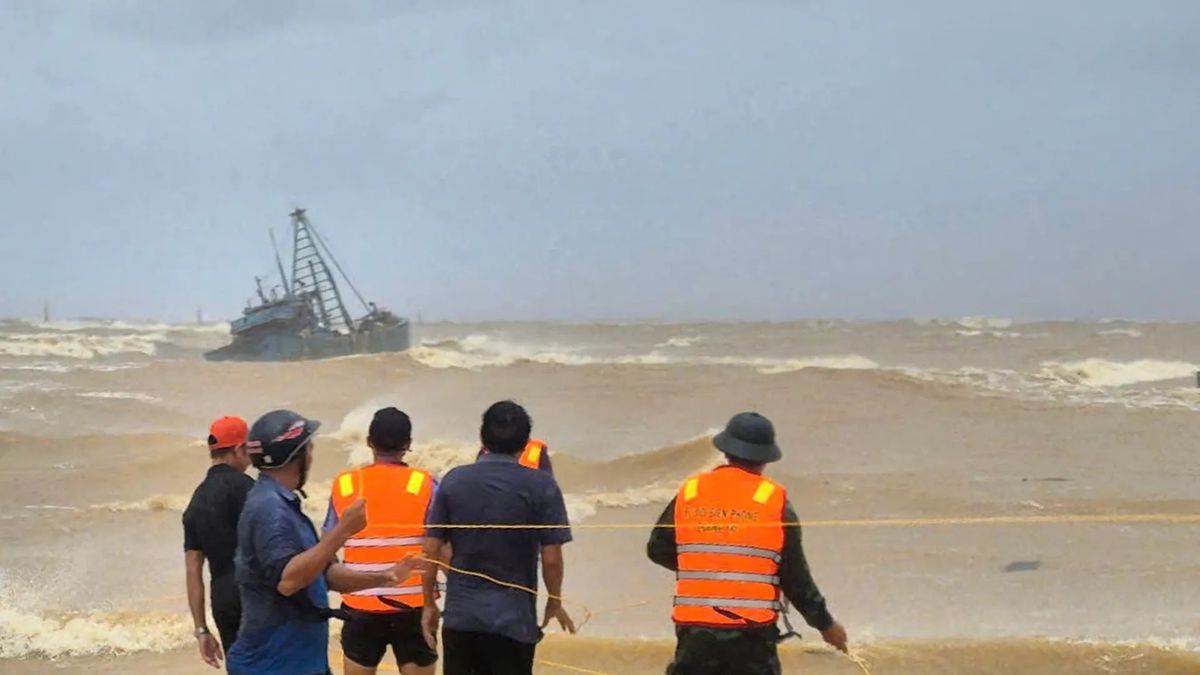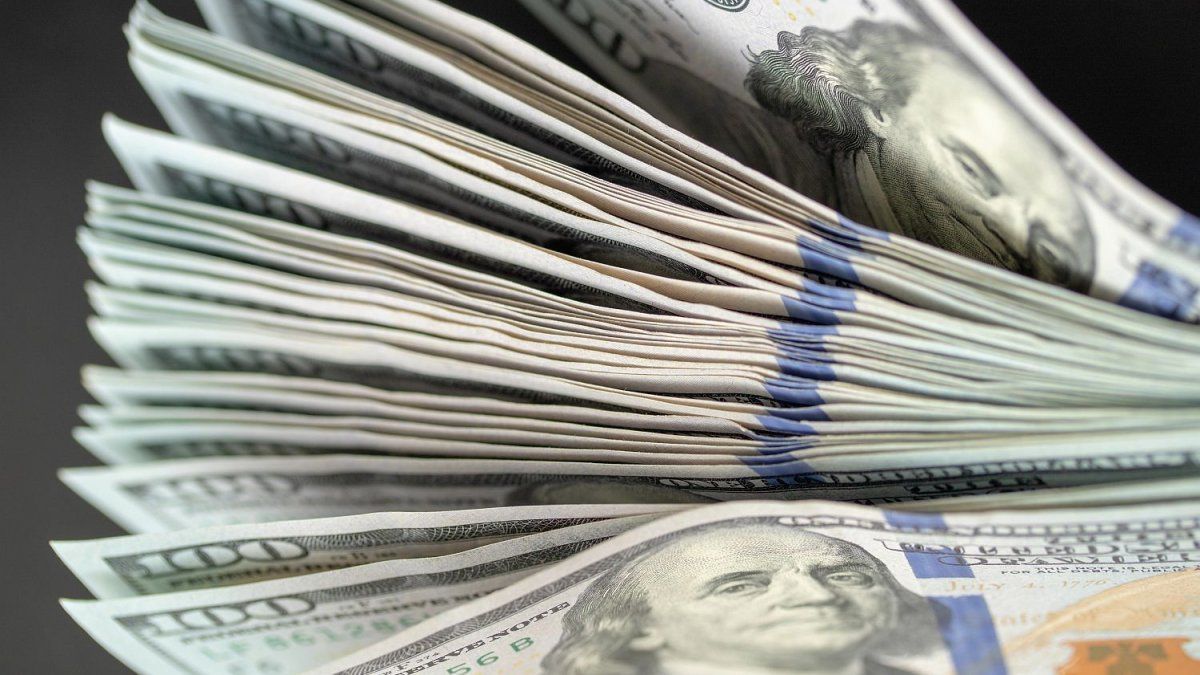The forces in the Pacific are unevenly distributed. China has expanded its supremacy in recent years with an impressive fleet – and is putting the neighbors in the region under pressure. A comparison.
The announcement of the historic alliance between the USA, Australia and Great Britain for security in the Indo-Pacific (Aukus) is a clear response to China’s drive for power in the region. Beijing has expanded its maritime power in the Indo-Pacific at breathtaking speed. The West – above all the US government – is now trying with great effort to rebalance the military balance of power.
Combat strength of the fleets
In terms of the number of ships and submarines, China has the largest navy in the world, according to the US Department of Defense. According to the US Naval Intelligence Service, China’s fleet was around 360 ships at the end of 2020 – compared to 297 ships in the United States. And Beijing is tirelessly expanding its navy: by 2025, the combat strength is to increase to 400 ships, by 2030 to 425 ships.
Expansion of the fleets
According to defense experts from Janes magazine, China built a total of 132 ships between 2015 and 2019. Beijing is currently building its third aircraft carrier and other destroyers. The USA built only 68 ships in the same period, India 48, Japan 29 and Australia nine. France has 17 new ships, while Britain built four ships, including two aircraft carriers. Germany put two submarines and a frigate into service.
China managed to bring the equivalent of the French naval fleet into service within four years, as Admiral Pierre Vandier, chief of staff of the French navy, notes. The “historic Chinese naval effort” would represent 55 percent of the Chinese defense budget. Defense expert Helena Legarda from the Berlin China Institute Merics suspects that through the Aukus alliance, China will now shift to placing even more emphasis on modernizing its own military.
U-Boat-Power China
Beijing has six nuclear-powered missile submarines (SSBN) equipped with nuclear missiles, as well as around 40 attack submarines, six of which are also nuclear-powered, according to the International Institute for Strategic Studies (IISS) . Washington, for its part, has 21 attack submarines and eight SSBNs in the Pacific, which, according to the US Navy, mainly operate from Pearl Harbor. Five of the eleven US aircraft carriers are also on the move in the Pacific.
Australia currently has six conventional Swedish-type submarines that have been in service since the mid-1990s. Given the strong Chinese fleet of nuclear-powered submarines, Canberra canceled a billion-dollar contract with France to build conventional submarines. Instead, with the help of Washington and London, nuclear-powered submarines are now to be built.
“This is not a change of heart, but a change in necessity,” said Australian Prime Minister Scott Morrison, explaining the move that sparked a diplomatic crisis with Paris.
Pressure on the Pacific coast is growing
In addition to Australia, other regional players are also increasing their fleets. Vietnam already has six Russian-type submarines, Malaysia two submarines, Indonesia has ordered six submarines from South Korea, and the Philippines are also considering building their own submarines. Japan has 23 submarines, South Korea 18, Singapore two, and Russia a dozen.
Many of these countries are embroiled in protracted maritime territorial disputes with China in the Indo-Pacific. Especially in the South China Sea, Beijing is aggressively expanding its supremacy, claiming island after island for itself and thus threatening global stability.
David William is a talented author who has made a name for himself in the world of writing. He is a professional author who writes on a wide range of topics, from general interest to opinion news. David is currently working as a writer at 24 hours worlds where he brings his unique perspective and in-depth research to his articles, making them both informative and engaging.




